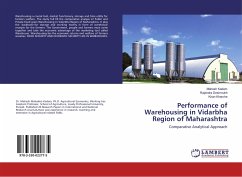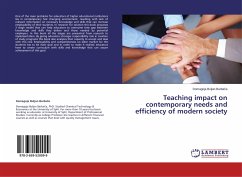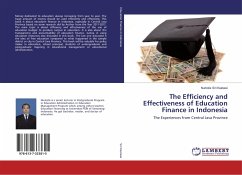
Impact and Assessment of Agrobased Processing Industries
Pulses Processing Industries-An Analytical Approach
Versandkostenfrei!
Versandfertig in 6-10 Tagen
24,99 €
inkl. MwSt.

PAYBACK Punkte
12 °P sammeln!
Pulses form an integral part of Indian diet. Pulses in India have been considered as the poor man's only source of protein. In India, per capita net availability of pulses was about 31.6 gms/day and 11.5 kg/year during the year 2011-12. The major pulse crops grown in India are chickpea, pigeon pea, lentil, moong bean, urd bean and field pea. Many varieties of pulses are grown and consumed in different types of food products after processing. Pulses are usually converted into dal by dehusking and splitting. Both dry and wet milling processes are employed. Basic processes in dal milling are clea...
Pulses form an integral part of Indian diet. Pulses in India have been considered as the poor man's only source of protein. In India, per capita net availability of pulses was about 31.6 gms/day and 11.5 kg/year during the year 2011-12. The major pulse crops grown in India are chickpea, pigeon pea, lentil, moong bean, urd bean and field pea. Many varieties of pulses are grown and consumed in different types of food products after processing. Pulses are usually converted into dal by dehusking and splitting. Both dry and wet milling processes are employed. Basic processes in dal milling are cleaning, grading, conditioning, dehusking, splitting, separation, polishing and bagging. In India, nearly 11 million tones of pulses converted to dal (dehusked and split pulse); of the remaining 3.6 million tones, a large proportion is utilized as whole grain for cooking and rest is used for seed purposes. Processing is bright face of value addition and leads to changing scenario for pulses growth and productivity. It leads to nutritive and economic growth.












